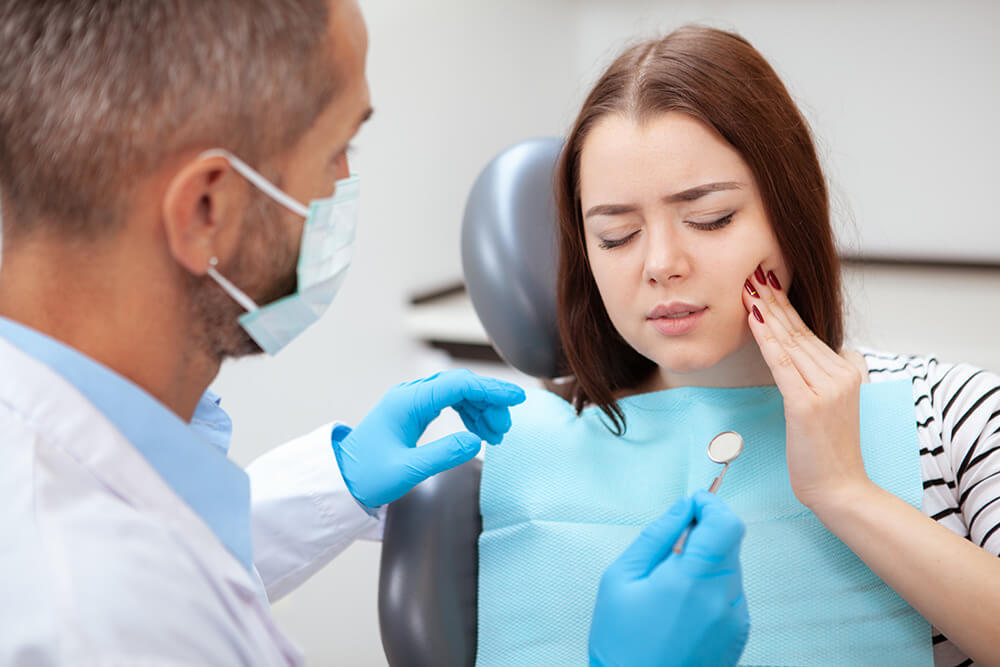
Tricky Questions About Orofacial Pain You Encounter in the Dental Office
Orofacial pain is one of the greatest diagnostic challenges that exists in the modern dental practice. It takes a keen ear to listen for the nuances it presents and to know which diagnostic path to follow. The trickiest element of pain is its inherent subjectivity. But as clinicians, we have to learn to determine where the pain actually is, versus just where patients feel it.
Treating orofacial pain is first and foremost about learning the true source of the issue. To do this effectively, you have to be asking the right questions in the right situations. Pain can seem mysterious from the outset, but once you dive deep, you may find a trail of clues leading you to the first set in a litany of possible solutions.
Keep reading to learn some of the questions you should ask when you encounter orofacial pain.
Key Questions To Diagnose and Treat Orofacial Pain
Consider these common and crucial questions regarding orofacial pain:
Toothache
Have you ever had a patient present with a toothache, but you see absolutely nothing wrong with the tooth? It has no visible cracks, any restoration present seems okay, the tooth has no associated radiographic lesion, periodontal probing is normal, and it tests vital.
Should you provide an endodontic treatment or extract the tooth anyway? Is the patient just making it up? Or could this be referred pain from a trigger point, a headache disorder, neuropathic pain, or pain secondary to another condition?
TMD
Or maybe you have a patient who presents with Temporomandibular Joint Disorder (TMD) symptoms, it may or may not be painful. What should you look for and how should you treat it?
Possibly, you have a patient who gets headaches, or earaches, and you wonder if they could be related to TMD. What should you do to try to answer these questions? How do you determine if it’s muscular, joint, or both?
Diagnostics
What diagnostic tests should you order and when should you order them?
Treatment
What are the best way to treat these conditions? What conservative options are there? Is there more that can be done if my patient is unresponsive?
There are no easy answers to these questions and many more that arise for patients in pain. This is an area where you can transform a patient’s life, so it’s important to know what to ask, when, and what answers to look for.
On Friday, July 9th, 2021 from 2-5 pm ET, I’ll be holding a live, three-hour virtual course, “An Introduction to Orofacial Pain,” that will dive into these types of questions. You can easily register for my course, which provides 3 CE credits, at Pankey Online.
I will go through a review of TMJ and masticatory and auxiliary muscle anatomy. I will also discuss how these muscles and the joint should function, plus symptoms if they are not functioning properly. We will also discuss a variety of treatments for different types of TMD.
I will cover referred pain, which is the reason that the site and source of pain do not always match. We will also review other disorders that can be in the differential for tooth pain or for TMD. Sometimes these differentials require additional tests. We will determine what to order and when. We will also go over the best ways to talk about the diagnosis with the patient.
I look forward to sharing an overview of what we focus on in Orofacial Pain and how to gather information to answer the questions above. Please join me on July 9th to dive into these topics!
Related Course
E1: Aesthetic & Functional Treatment Planning
DATE: July 17 2025 @ 8:00 am - July 20 2025 @ 2:30 pmLocation: The Pankey Institute
CE HOURS: 39
Dentist Tuition: $ 6800
Single Occupancy with Ensuite Private Bath (Per Night): $ 345
Transform your experience of practicing dentistry, increase predictability, profitability and fulfillment. The Essentials Series is the Key, and Aesthetic and Functional Treatment Planning is where your journey begins. Following a system of…
Learn More>






